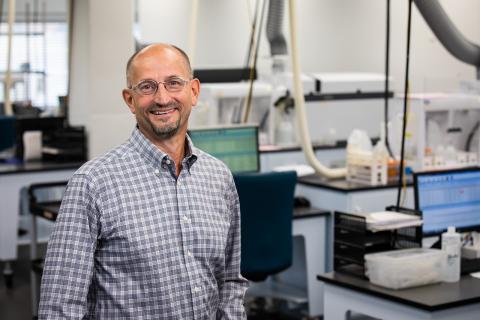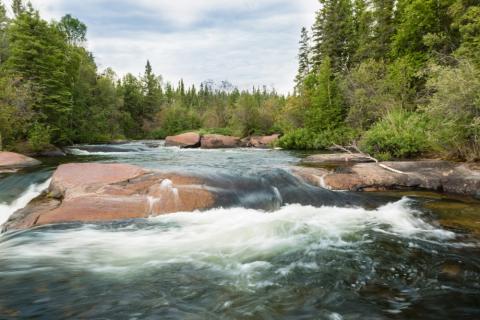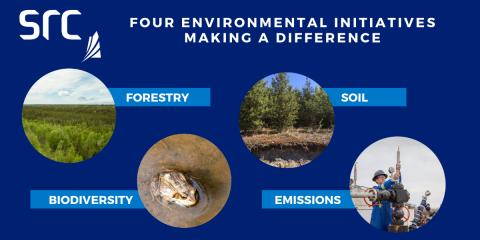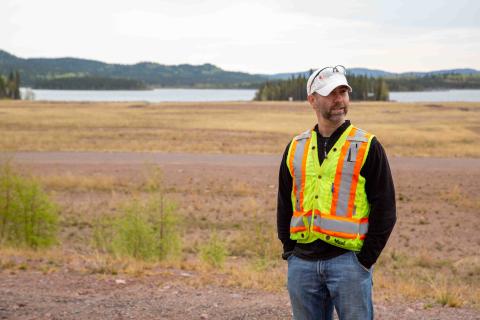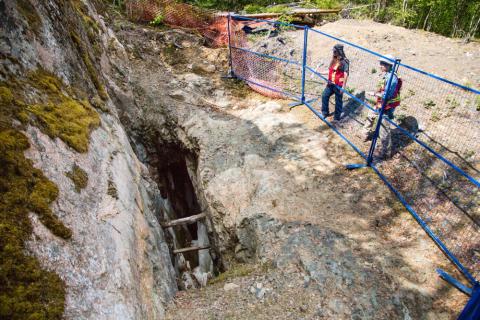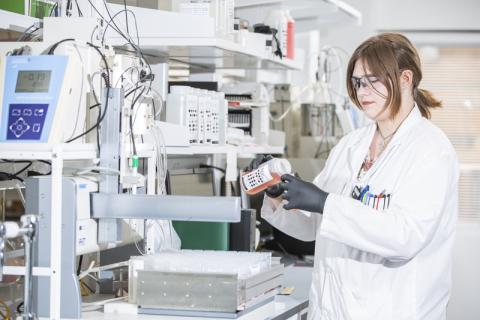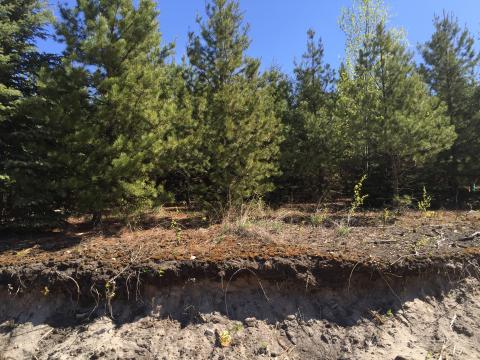Learn more about SRC Environmental Analytical Laboratories' evolution and its industry-leading experts. The lab analyzes a variety of air, water and soil samples from all over the country.
Recent concerns over the potential for lead in drinking water have been raised in various municipalities throughout Canada and work must be done to ensure that all residents have access to safe, clean drinking water. Learn more about testing your water for lead.
SRC hosted a panel event with four industry experts for a discussion about the progression of historic mining practices—the legacy issues we face today and what we may face tomorrow, and what sustainability really means. Read part two of the discussion.
The way we extract and process resources is constantly changing. The practices and technologies (and legacies) in place today reflect past industry standards. What are the potential legacies of the future? How can we avoid them? Four industry experts weigh in.
We’re celebrating Saskatchewan's landscape with a list of great activities and interesting facts. The diverse landscapes across our province create unique ecosystems, filled with colourful flora and fauna—read on to learn how you can help and enjoy the natural wonder of the place we call home.
Protecting our planet and its resources – from people to plants to water – and finding sustainable solutions requires creativity, innovation and courage. Here are four projects and initiatives our research and technology experts are working on to help industry, governments and communities make positive environmental impacts. Read more.
Ian Wilson leads a team of scientists, engineers and project managers who are remediating 37 abandoned uranium mine sites scattered across remote areas of northern Saskatchewan. Learn what makes this project and the remediation team unique.
When many of uranium mines in northern Saskatchewan were abandoned in the 1950s and 60s, openings to mine workings were left without proper closures and pose a risk to public safety. SRC has been working with local contractors and consulting engineers to build proper mine closures. There are several methods available, depending on the type of opening and the site conditions.
Water testing is a hugely complex process involving multiple types of complex scientific instruments that require a significant technical understanding to operate. These complexities sometimes give rise to uncertainty in water test results, and this is where it's important that testing is done through an accredited lab. Learn why.
Soil scientists have proposed a new type of soil based on the wide-spread effects of human activity: Anthroposols. We task this novel soil to mimic and support our ecosystems, but we're not sure how to measure its performance over time. One scientist is studying possible measures to see how well Anthroposols can supply nutrients to Canada's boreal forest.
